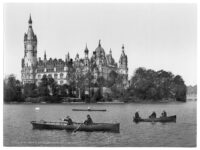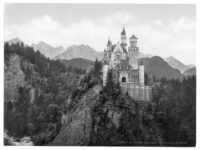Vintage: Historic B&W photos of Norderney, Germany (1890s)
It is believed that the first durable settlements were established during the 13th and 14th centuries. A town developed in the western part of the island, protected by high dunes. The first documented mention of the island was in 1398. By 1650 the island was about 8.3 kilometres long and the town had about 18 houses and 101 inhabitants. A…

























